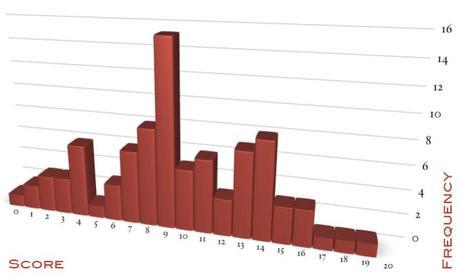
While social media provides a platform for brand awareness and social interaction which can easily be seen, quantifying the actual value social media marketing brings to a business can be particularly hard. Online marketers love to measure, compare, and contrast data, data which can tell us exactly which marketing techniques are working as well as those which aren’t. But how do we measure what social media is really doing and how can we utilise the vast amounts of data it holds?
A great example of using data to measure the success rate of a marketing strategy is something like pay per click. We can set up a pay per click campaign and measure exactly how much we’re spending and how much we’re getting in return using Google Analytics and AdWords. We can use tons of data to learn, change, and improve; a perfect world for online marketing. All kinds of new ways to obtain data are always being introduced, data which analysts can’t wait to get their hands on. These examples can be seen all around us such as the increasing use of Heatmaps, split testing, and even schemes that ask the customer to provide their data so we don’t have to run round finding it out ourselves.
So what happens when it comes to problematic things like social media? Online Marketing brings with it the great advantage of being able to measure, but social media somehow escapes the clutches of our online data capture. Just like TV adverts, we know roughly how many people are watching, we know where and when we’re showing our brand and products, but what’s really going on behind the scenes, how does traffic flow from the point at which they see our brand to the point at which they make an online purchase, or sign up to our newsletter? These questions might be answered with some careful analysis, but more importantly, big data allows us to interpret what is actually going on inside social media networks, converting useless social noise into shiny looking graphs and charts.
Big data is the big answer to social media marketing and its problems. Twitter and Facebook provide wave upon wave of priceless, contemporary data that if analysed effectively could answer questions that so many businesses are dying to know. News organisations have the ability to determine the most popular and most talked about news stories just by analysing tweets and posts. In the private sector there’s similar enthusiasm for the combination of social media and big data. New product launches, product release news, or company hiccups; we can now see what everyone thinks. This might be the use of sentiment analysis to let you know whether the product you are about to launch is going to be a success or a failure that you need to avoid.

Our ability to obtain quantitative data from social media enables us to not only predict the future and give invaluable insights into success rates of products or events, but also allows us to establish some real idea of what social media is doing through using hard data which can be easily presented or used to carry out further analysis. Social Media and Big Data are perhaps a perfect match, a match which is changing the face of online marketing along with its ability to drastically improve our knowledge and customer relations.
